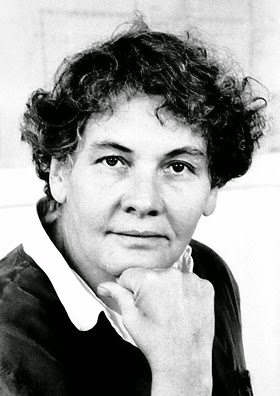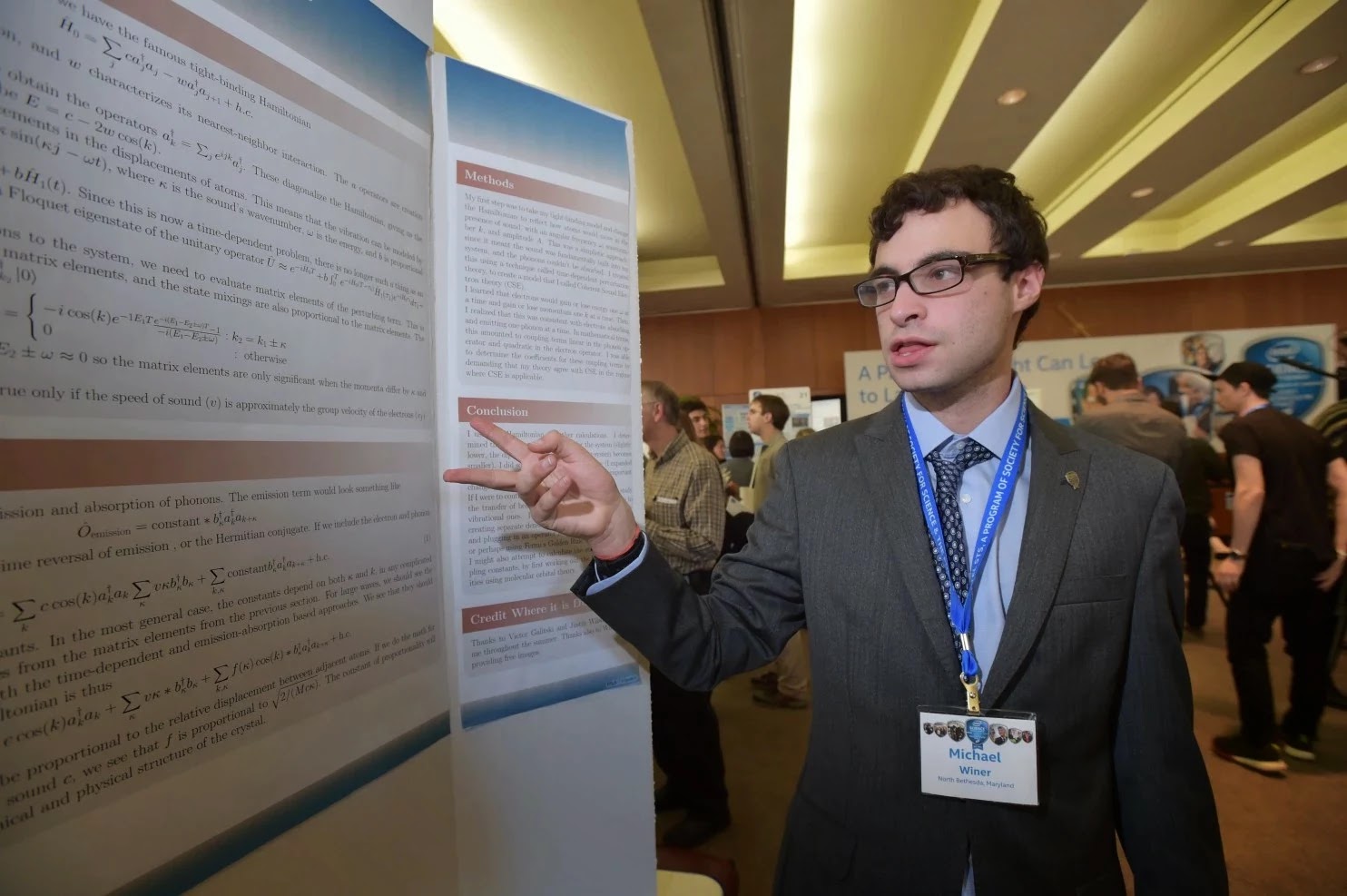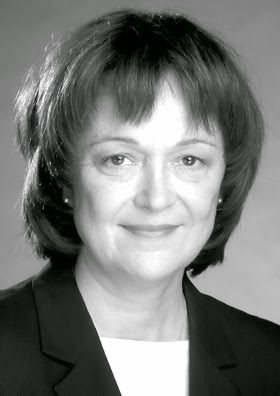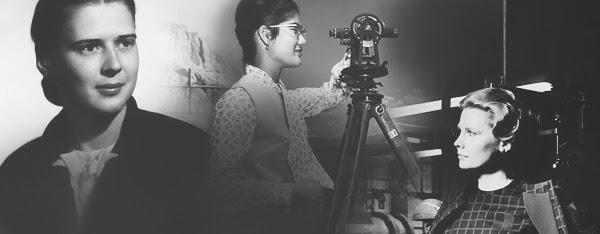 |
| Image Source: NobelPrize.org |
Topics: Biology, Diversity in Science, Embryology, Genetics, Medicine, Physiology, Women in Science
The Nobel Prize in Physiology or Medicine 1995
Born: 20 October 1942, Magdeburg, Germany
Affiliation at the time of the award: Max-Planck-Institut für Entwicklungsbiologie, Tübingen, Federal Republic of Germany
Prize motivation: "for their discoveries concerning the genetic control of early embryonic development"
Field: developmental biology, embryology, genetics
Prize Share: Edward B. Lewis, Christiane Nüsslein-Volhard and Eric F. Wieschaus "for their discoveries concerning the genetic control of early embryonic development".
I am the second of five children. My father, Rolf Volhard, was an architect. He was the eighth of ten children of Franz Volhard, a professor of medicine in Frankfurt, and specialist for heart and kidney.
We lived in a flat in the south of Frankfurt, with a rather large garden, close to the forest. I had a happy childhood with many stimulation's and support from my parents who, in postwar times, when it was difficult to buy things, made children's books and toys for us. We had much freedom and we were encouraged by our parents to do interesting things. I remember my father showed much interest in what we did, and thereby had great influences on our performances, without being particularly ambitious (although good grades at school were more or less a matter of course).
"Christiane Nüsslein-Volhard - Facts". Nobelprize.org. Nobel Media AB 2014. Web. 18 Mar 2015. http://www.nobelprize.org/nobel_prizes/medicine/laureates/1995/nusslein-volhard-facts.html













